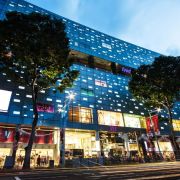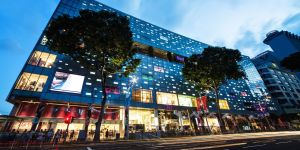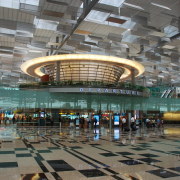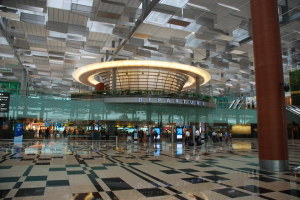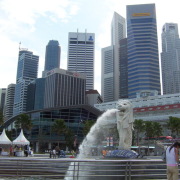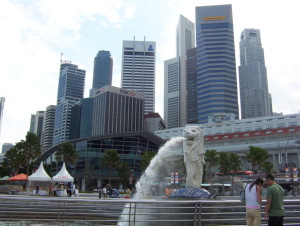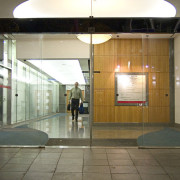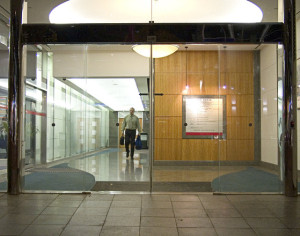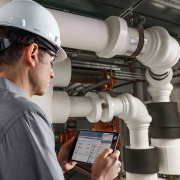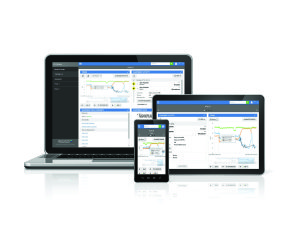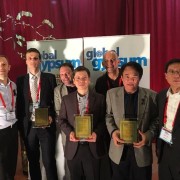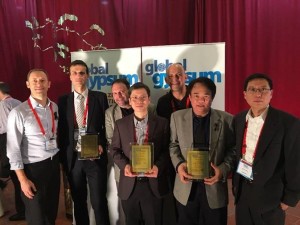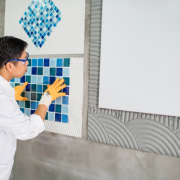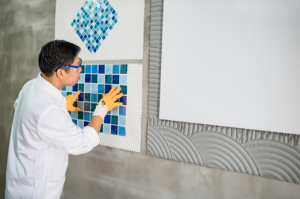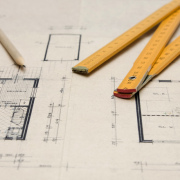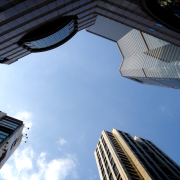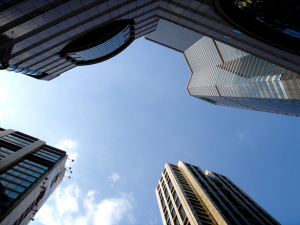Reading Time: 3 minutes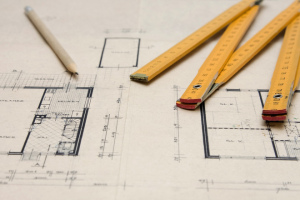
The construction industry, currently a $9.5 trillion market expected to nearly double by 2030, is among the least digitised industries
FINALCAD, a global leader in mobile construction apps and predictive analytics for the field, today announced that it has raised $20 million in Series B round led by Serena Capital, Caphorn Invest and Aster Capital. Investment will fuel international business growth, expansion into new sectors and advanced research and development.
The construction industry, currently a $9.5 trillion market expected to nearly double by 2030*, is among the least digitised industries**. “In five years, FINALCAD has responded to tremendous demand for mobile apps for the field, in Europe, Asia and Americas.” said Jimmy Louchart, co-founder and CEO of FINALCAD. “With this new round of funding, FINALCAD is poised to scale for this growing demand happening within a growing global market.”
FINALCAD is planning to use the funding for international business development, as well as expanding new sectors such as civil infrastructures and energy.
New funding will also fuel research and development for furthering advanced fields: smart data analytics, artificial intelligence for objects recognition, augmented reality linked to BIM models, digitisation of lean construction processes, and open API interoperability.
Launched 5 years ago, FINALCAD has seen rapid growth*** globally with more than 10,000 projects delivered to date in 30 countries, totalling more than 20 million jobsite observations and nearly 10 million photos. FINALCAD is used by global contractors such as Bouygues, Daewoo Engineering & Construction, Eiffage, Fujita Corporation, Shimizu Corporation, Takenaka Corporation, VINCI, infrastructure operators like RATP Group, as well as architects, and owners, such as Capitaland and Swire Properties. FINALCAD’s customers improve quality on their projects, save time and budget costs.
FINALCAD was built upon five founding pillars that are driving its design and worldwide, massive adoption:
- #GLOBAL: available in 30 languages, FINALCAD is by far the mobile construction app that has the largest global footprint.
- #MOBILE: FINALCAD is a mobile-first app developed natively on all major platforms (iOS, Android and Windows) for tablets and smartphones.
- #BIM: FINALCAD is the only context-based mobile app enabling BIM on the field, integrated with BIM leading solution Autodesk Revit, and Open BIM standards.
- #SMARTDATA: FINALCAD stands out with its data-driven features, from in-app suggestions of corrective actions to on-demand analytics reports.
- #CONSTRUCTION: FINALCAD is designed by construction professionals for construction professionals. The team is composed of former site managers, engineers and architects that are dedicated to the digital transformation of the industry.
“Since our initial investment in FINALCAD, the company’s performance and ability to execute has exceeded our expectations” said Nicolas Louvet, Partner at Serena Capital. “Over the past two years, FINALCAD has delivered product innovation, field adoption, and significantly expanded the share of its international clients. This is why we decided to lead this second round of funding.”
“We reckon the construction industry is lagging behind in digitisation, with tremendous needs lying ahead. FINALCAD clearly embodies this huge opportunity. CapHorn Invest is committed to helping the company accelerate its growth taking advantage of the CapHorn Network of subscribers.” said Laurent Dumas-Crouzillac, Partner at Caphorn Invest.
“We were particularly impressed with the global mindset and international business development demonstrated by FINALCAD, especially in Europe and Asia. It will be a natural fit with the global coverage of Aster Capital’s team and investment portfolio,” said Jean-Marc Bally, Managing Partner at Aster Capital.
_________
*Global Construction 2030 Report, by Global Construction Perspectives and Oxford Economics.
**McKinsey Global Institute Industry Digitization Index
***FINALCAD has been ranked in the top tier of Deloitte’s Fast 500 EMEA and Fast 50 France rankings with a cumulated growth of 827 percent over four years.


